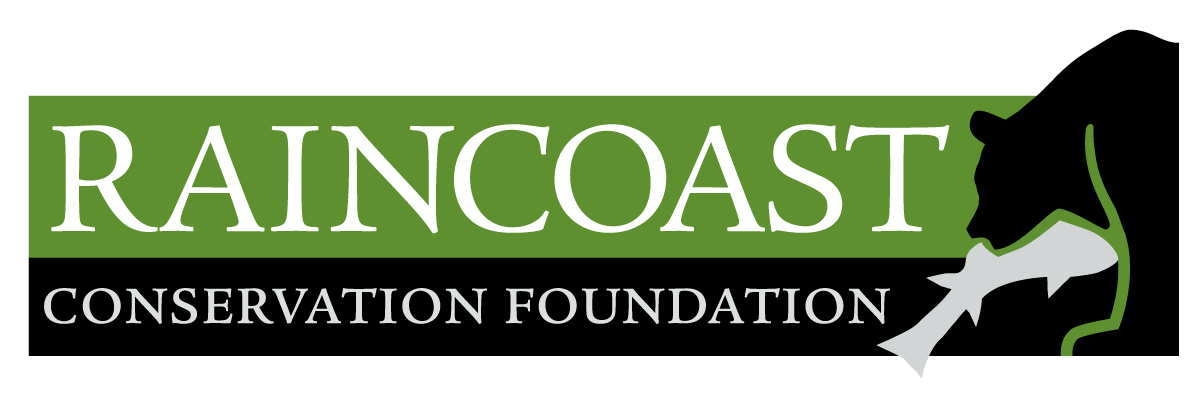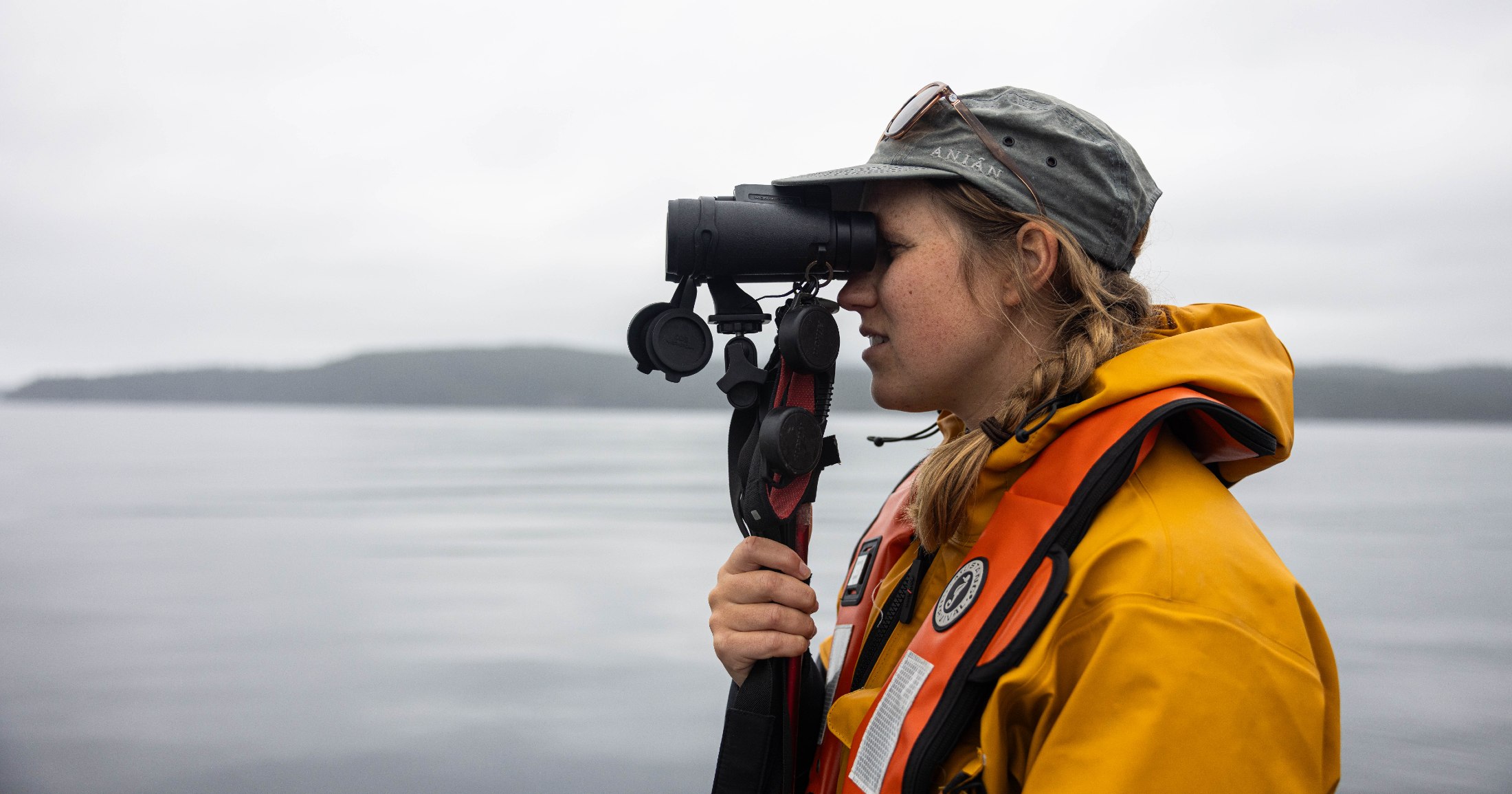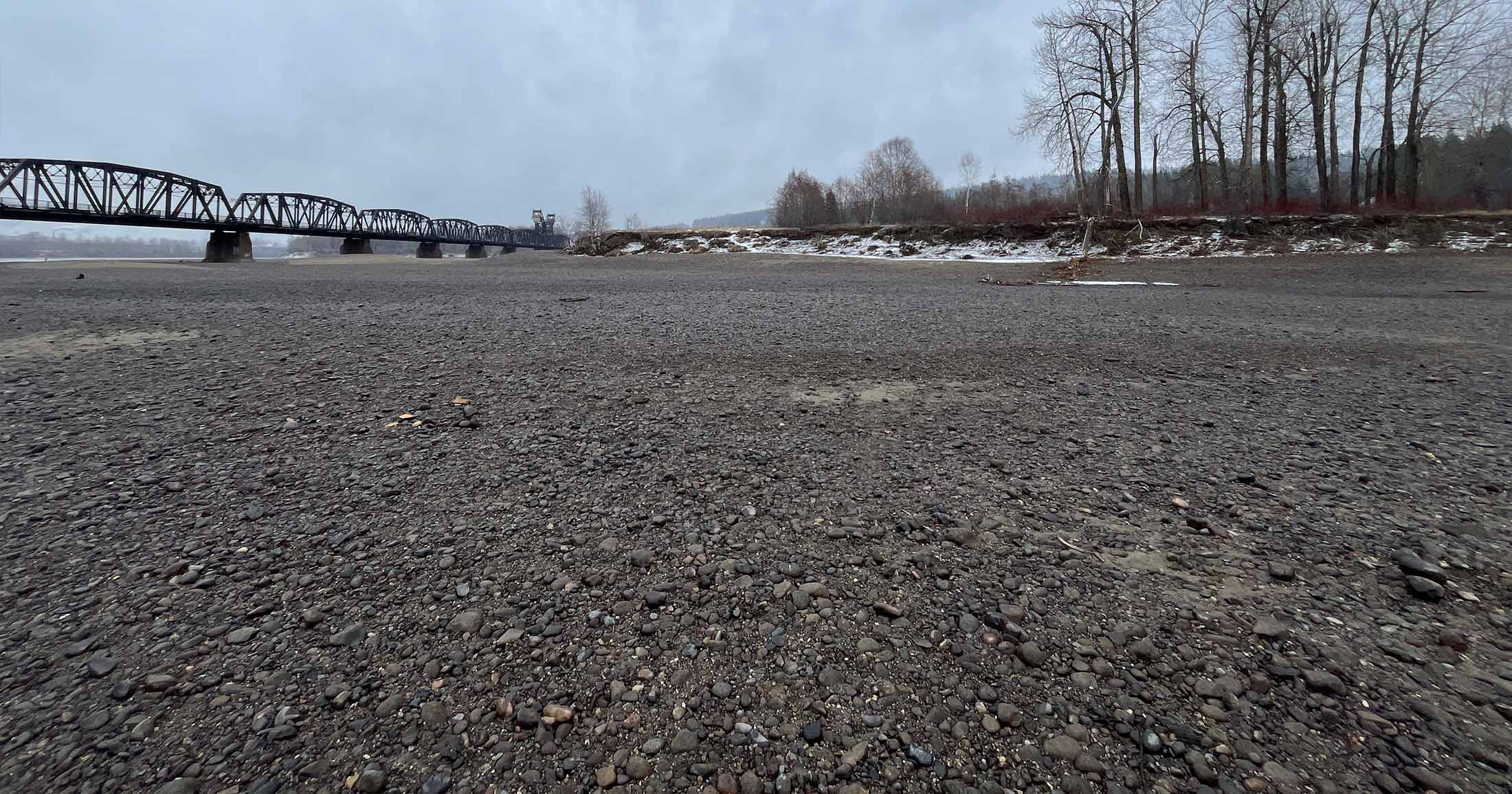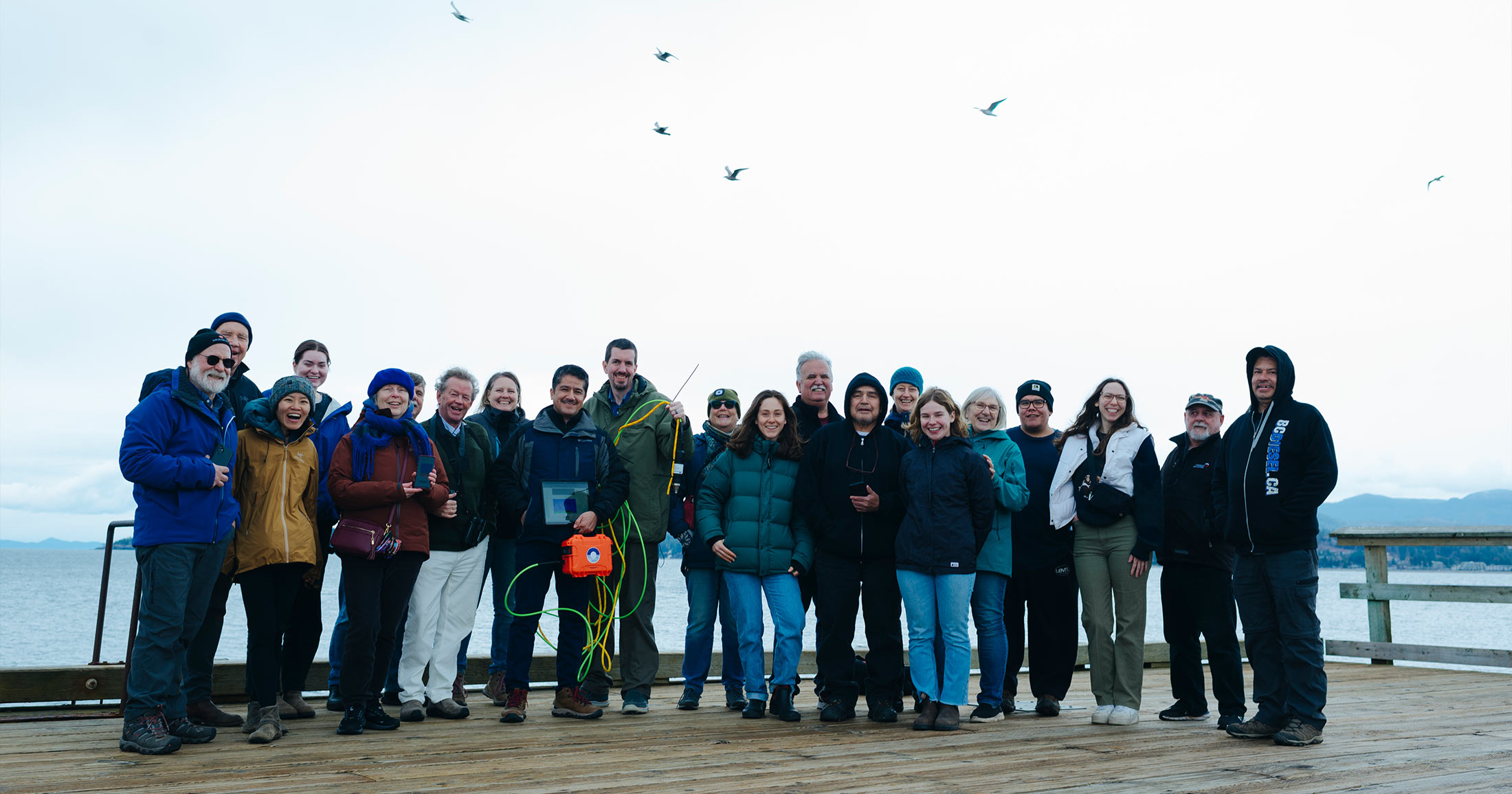Federal Minister presses pause on Terminal 2
Decision on Roberts Bank Terminal 2 delayed after Minister Wilkinson requests more information from the Port of Vancouver.
It’s been a while since I’ve had much cause for optimism about the Port of Vancouver’s plans for the Fraser estuary. That improved slightly on August 24th.
In a six page letter (PDF) to the CEO of the Vancouver Fraser Port Authority, Canada’s minister of Environment and Climate Change, Jonathan Wilkinson, requested more information from the Port to assess the effectiveness of mitigation efforts in the proposed expansion of Terminal 2 on Roberts Bank. Wikinson’s letter conveyed the panel’s conclusion about likely adverse effects to fish, fish habitat and other at-risk species if Terminal 2 proceeds.
The expanded terminal footprint within the Fraser estuary, and the increase in noise from more container ships transiting the Salish Sea, both degrade and destroy the critical habitat that Southern Resident killer whales and Chinook salmon depend on (see Raincoast’s backgrounders on impacts to Chinook and killer whales from T2).
For Wilkinson to approve Terminal 2, he must be convinced that these impacts can be mitigated. Herein lies the heart of the problem, because mitigating a project of this scale in this location for endangered species is highly unlikely. For example, for an endangered Chinook to survive from egg (in a river) to adult (returning from the North Pacific ocean), it must be provided with a progression of specific and connected habitats through its succession of life stages. The conditions provided on the delta of the Fraser estuary are a unique link in a sequence of required habitats. Estuarine conditions on the delta can’t be replaced, in space or time, with restored freshwater or marine habitats elsewhere.
In order to determine the feasibility of potential mitigation measures (and the above problem is just one of many), Minister Wilkinson has requested the Port fill a series of “gaps in information” as to how the Port plans to offset impacts from the proposed project.
The minister’s letter requests detailed information on offsetting that address issues like the effectiveness of the Port’s past offsetting program, the function of habitats for specific species and life stages, how offsetting will address disruption of juvenile salmon migration routes, updating the assessments on how Southern Resident killer whales respond to ship noise and masking of their echolocation feeding calls, improved assessment of changes to Roberts Bank that can alter biofilm, as well as impacts to the relationship First Nations have with their land and resources.
It is important that Minister Wilkinson asks these questions. However, he must be prepared for the fact that, regardless of how the Port chooses to respond, habitat offsetting is not going to compensate for the destruction of remaining habitats of endangered species. Minister Wilkinson will still have to make a choice to approve or reject. If the recovery of Canada’s iconic wild salmon and Southern Resident killer whales is to actually take place, then Minister Wilkinson has no choice but to reject Terminal 2.
For the estuary and all the species it supports.
Support our mobile lab, Tracker!
Our new mobile lab will enable the Healthy Waters Program to deliver capacity, learning, and training to watershed-based communities. We need your support to convert the vehicle and equip it with lab instrumentation. This will allow us to deliver insight into pollutants of concern in local watersheds, and contribute to solution-oriented practices that protect and restore fish habitat.










